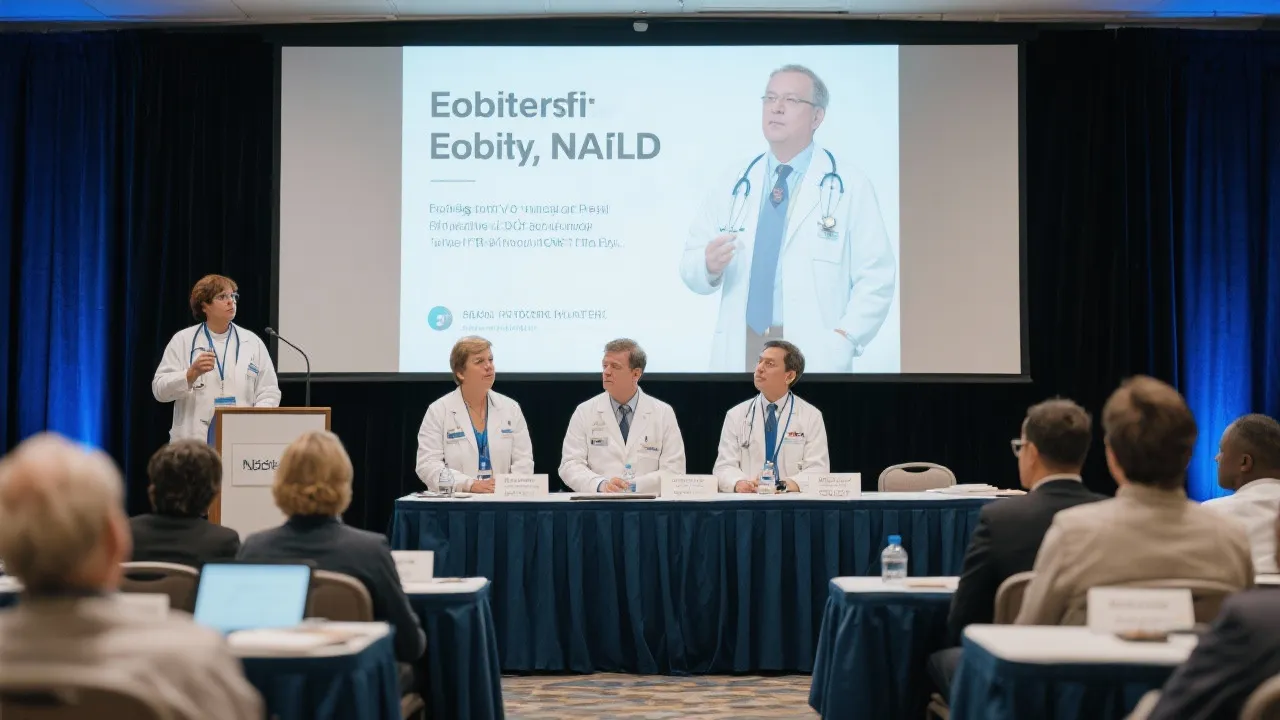Obesity and Non-Alcoholic Fatty Liver Disease (NAFLD) are intricately linked public health challenges. Obesity, a condition characterized by excessive body fat, affects millions globally and is a significant risk factor for NAFLD, a liver disease arising without alcohol consumption. This article explores the complex relationship between these health concerns and the strategies to tackle them.

Obesity and Non-Alcoholic Fatty Liver Disease (NAFLD) are two significant health challenges of the 21st century. Both conditions are alarmingly prevalent in various demographics worldwide, leading to a range of health complications. Obesity is defined as having an excessive amount of body fat, which is often assessed using the Body Mass Index (BMI)—a simple calculation derived from an individual's height and weight. Beyond just aesthetics, obesity is not merely about appearance; it is a systemic problem that has serious implications for various organ systems in the body. The liver, in particular, is notably affected since it plays a central role in metabolism, detoxification, and nutrient storage, leading to the development of NAFLD. This condition is characterized by the accumulation of fat in liver cells in individuals who consume little to no alcohol, a defining characteristic that differentiates it from alcoholic liver disease.
The relationship between obesity and NAFLD is well-documented, with numerous studies indicating that obesity significantly increases the risk of developing NAFLD. Recent epidemiological studies have shown that up to 70% of patients with obesity may have varying degrees of NAFLD, making it one of the most prevalent liver disorders in developed countries today. Individuals with obesity often present with features of metabolic syndrome, which includes a cluster of conditions such as hypertension, dyslipidemia (abnormal cholesterol levels), and insulin resistance. Insulin resistance is a key driver for fatty liver accumulation, leading to further complications such as inflammation and fibrosis. Therefore, understanding the pathophysiology of obesity can provide valuable insights into these mechanisms at play in the development of NAFLD.
The pathogenesis of NAFLD in the context of obesity is complex, involving several interrelated pathways. Each of these pathways contributes differently to liver fat accumulation and subsequent liver damage:
Globally, the prevalence of obesity and NAFLD continues to rise, echoing a parallel increase in NAFLD cases. The World Health Organization (WHO) reports that worldwide obesity has nearly tripled since 1975, with more than 1.9 billion adults classified as overweight, and of these, over 650 million are categorized as obese. This increase is particularly concerning, as NAFLD is becoming the leading cause of chronic liver disease, particularly in countries with high obesity rates, such as the United States, Mexico, and many regions in Europe and the Middle East. This upsurge poses significant public health challenges, including an increase in the burden of advanced liver disease, such as cirrhosis and hepatocellular carcinoma, higher healthcare costs, and a ripple effect on economic productivity due to increased morbidity and associated health care expenditures.
Tackling obesity and NAFLD requires a multifaceted approach that combines dietary changes, increased physical activity, psychological support, and, in some cases, medical interventions. Leading health organizations, including the American Association for the Study of Liver Diseases (AASLD), emphasize a comprehensive strategy for prevention and management:
Healthcare providers play a pivotal role in managing and preventing obesity and NAFLD through early detection, patient education, and the implementation of personalized treatment plans. Regular screening for NAFLD in at-risk populations—such as individuals with obesity, Type 2 diabetes, or elevated liver enzyme levels—can facilitate early intervention and management. Practitioners should also utilize available tools and guidelines to identify patients who may benefit from lifestyle interventions, while setting realistic and achievable health goals for their patients. Patient education is a fundamental component; healthcare providers should empower individuals with knowledge about their health conditions, the importance of lifestyle modifications, and the potential risks associated with inaction. Furthermore, continual follow-up and adjustment of treatment plans based on individual progress and obstacles can further enhance the effectiveness of intervention strategies.
Recognizing the interplay between obesity and NAFLD is crucial for developing effective public health strategies. Obesity is not just a personal health issue; it is a societal challenge that requires coordinated efforts from healthcare professionals, policymakers, and community organizations to address. By focusing on prevention and early intervention—through education, public policy, and community resources—we can mitigate the impact of these conditions and improve outcomes for affected individuals. Promoting awareness about the risks associated with obesity and NAFLD can potentially encourage better lifestyle choices and seek earlier medical advice. Furthermore, addressing economic and social factors that contribute to obesity can foster an environment that supports healthier living. Ultimately, comprehensive approaches that include lifestyle changes and supportive interventions are paramount to combating the rising tide of obesity and its associated complications, including NAFLD.
Explore the Tranquil Bliss of Idyllic Rural Retreats

Ultimate Countdown: The 20 Very Legendary Gaming Consoles Ever!

Affordable Full Mouth Dental Implants Near You

Discovering Springdale Estates

Embark on Effortless Adventures: Unveiling the Top in Adventures Made Easy Outdoor Equipment

Unlock the Full Potential of Your RAM 1500: Master the Art of Efficient Towing!

Dodge Ram: Redefining the Future of Full-Size Trucks with Unmatched Power and Innovation

Get New Phones Without Plans Easily

Smart Strategies to Slash Costs on Your Roof Replacement Endeavor
